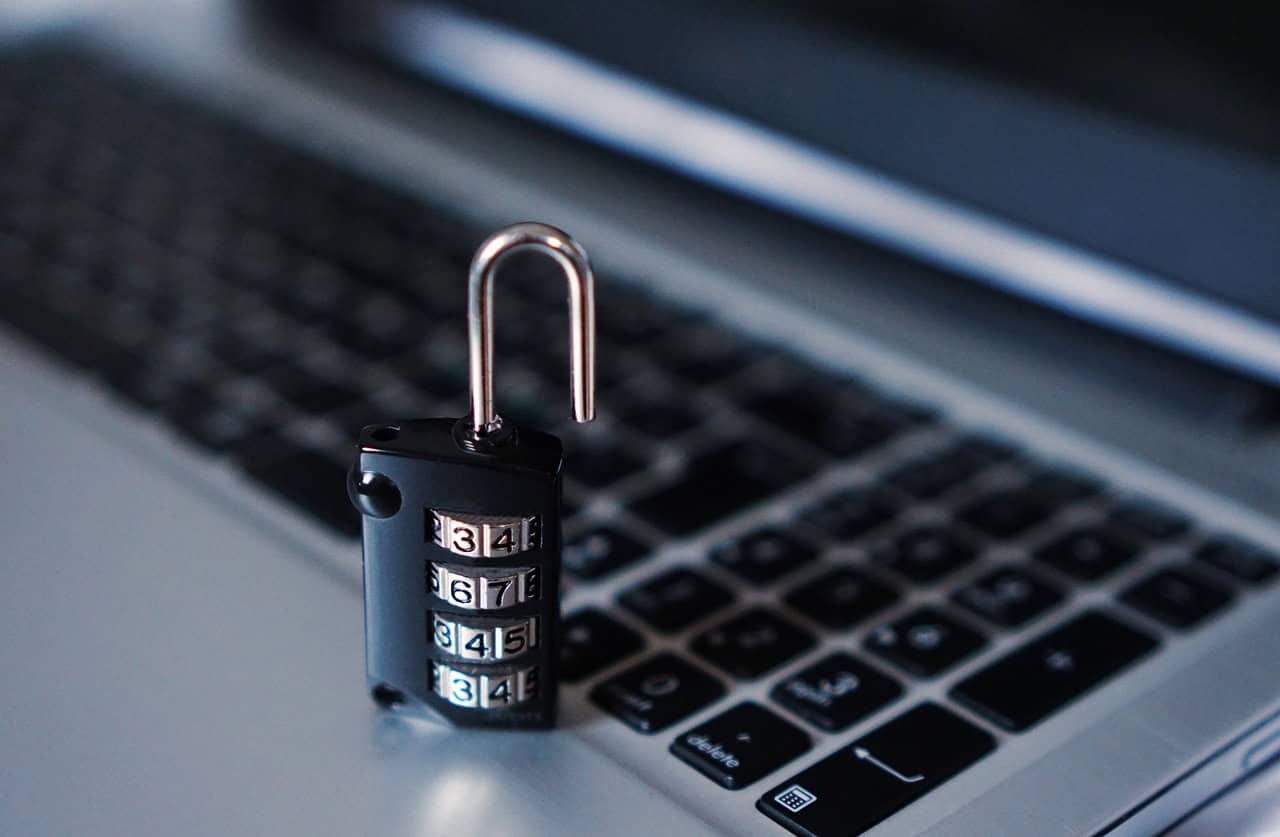Two-factor authentication (2FA) is a security measure designed to enhance the protection of your online accounts. It requires not only a password and username but also something that only you have on hand, such as a physical device or a unique code sent to your mobile phone. This additional layer of security is crucial in an age where cyber threats are increasingly sophisticated and prevalent.
By implementing 2FA, you significantly reduce the risk of unauthorized access to your sensitive information, making it much harder for cybercriminals to compromise your accounts. When you log into an account that employs two-factor authentication, you first enter your username and password. If these credentials are correct, the system prompts you for a second form of verification.
This could be a code generated by an app, a text message sent to your phone, or even a biometric scan like a fingerprint. The essence of 2FA lies in its dual requirement: even if someone manages to steal your password, they would still need the second factor to gain access. This dual-layered approach is what makes two-factor authentication a cornerstone of modern cybersecurity practices.
Key Takeaways
- Two-factor authentication adds an extra layer of security by requiring users to provide two forms of identification before accessing an account or system.
- The benefits of two-factor authentication include increased security, protection against unauthorized access, and reduced risk of data breaches.
- Implementing two-factor authentication involves choosing the right authentication methods, educating users, and integrating it into existing systems and processes.
- Types of two-factor authentication include SMS codes, biometric verification, hardware tokens, and mobile apps.
- Best practices for two-factor authentication include using multiple authentication factors, regularly updating security measures, and providing user-friendly options for authentication.
Benefits of Two-factor Authentication
The primary benefit of two-factor authentication is the enhanced security it provides. With the increasing number of data breaches and identity theft incidents, relying solely on passwords is no longer sufficient. Passwords can be stolen, guessed, or leaked, but with 2FA, even if your password is compromised, your account remains secure as long as the second factor is intact.
This added layer of protection is particularly vital for accounts that hold sensitive information, such as banking or personal data. Another significant advantage of two-factor authentication is its ability to foster user confidence. Knowing that your accounts are protected by an additional security measure can provide peace of mind.
This is especially important for businesses that handle sensitive customer information. By implementing 2FA, you not only protect your data but also build trust with your clients, showing them that you take their security seriously. In a world where data breaches can lead to severe financial and reputational damage, the benefits of 2FA cannot be overstated.
Implementing Two-factor Authentication

Implementing two-factor authentication in your online accounts is often a straightforward process. Most major platforms and services offer 2FA as an option in their security settings. To get started, you typically need to navigate to the security section of your account settings and enable two-factor authentication.
From there, you will be guided through the steps to link your account with a second factor, such as a mobile app or SMS verification. Once you have enabled 2FA, it’s essential to familiarize yourself with how it works. You should understand how to generate codes if you are using an authenticator app or how to receive SMS messages if that’s your chosen method.
Additionally, consider setting up backup options in case you lose access to your primary second factor. For instance, some services allow you to generate backup codes that can be used if you cannot access your phone. By taking these steps, you ensure that you can always access your account while maintaining robust security.
Types of Two-factor Authentication
| Types of Two-factor Authentication | Description |
|---|---|
| Text Message (SMS) | A code is sent to the user’s mobile phone via SMS for verification. |
| Authentication App | Users receive a code through an authentication app like Google Authenticator or Authy. |
| Biometric Authentication | Uses fingerprint, facial recognition, or iris scan for verification. |
| Hardware Tokens | Physical devices that generate one-time codes for authentication. |
There are several types of two-factor authentication methods available, each with its own strengths and weaknesses. One common method is SMS-based verification, where a code is sent to your mobile phone via text message.
While this method is easy to use and widely supported, it can be vulnerable to interception through techniques like SIM swapping or phishing attacks.
Another popular option is the use of authenticator apps, such as Google Authenticator or Authy. These apps generate time-sensitive codes that are unique to your account and device. Because the codes are generated locally on your device and do not rely on network transmission, they offer a higher level of security compared to SMS-based methods.
Additionally, some services now offer biometric authentication methods, such as fingerprint or facial recognition, which provide a seamless user experience while maintaining strong security.
Best Practices for Two-factor Authentication
To maximize the effectiveness of two-factor authentication, it’s essential to follow best practices when implementing it. First and foremost, always choose a strong and unique password for your accounts. Even with 2FA in place, a weak password can still leave you vulnerable if an attacker manages to bypass the second factor.
Combine upper and lower case letters, numbers, and special characters to create a robust password. Additionally, consider using an authenticator app instead of SMS for receiving codes whenever possible. While SMS can be convenient, it is more susceptible to interception.
Authenticator apps provide a more secure alternative by generating codes directly on your device without relying on external networks. Lastly, regularly review and update your security settings across all accounts that support two-factor authentication to ensure that you are utilizing the latest security features available.
Common Misconceptions about Two-factor Authentication

Despite its growing popularity, there are several misconceptions surrounding two-factor authentication that can lead to confusion or reluctance in adopting it. One common myth is that 2FA is overly complicated and time-consuming. While it does add an extra step during the login process, most users find that the added security far outweighs any minor inconvenience.
In fact, many services have streamlined the process so that it becomes almost second nature after a few uses. Another misconception is that two-factor authentication guarantees complete security against all threats. While 2FA significantly enhances account security, it is not infallible.
Cybercriminals are constantly evolving their tactics, and sophisticated attacks can still bypass even the best security measures. It’s crucial to understand that while 2FA is an essential tool in your cybersecurity arsenal, it should be used in conjunction with other best practices like strong passwords and regular account monitoring.
Challenges of Two-factor Authentication
While two-factor authentication offers numerous benefits, it also presents certain challenges that users must navigate. One significant challenge is the potential for user frustration due to the additional steps required during login. Some users may find it cumbersome to retrieve their phones or enter codes each time they want to access their accounts.
This inconvenience can lead to resistance against adopting 2FA altogether. Another challenge lies in the risk of losing access to the second factor itself. For instance, if you rely on an authenticator app and lose your phone without having backup codes saved elsewhere, regaining access to your account can become complicated and time-consuming.
It’s essential to have contingency plans in place for such scenarios, such as keeping backup codes in a secure location or using multiple methods for receiving verification codes.
Future of Two-factor Authentication
As technology continues to evolve, so too will the methods and practices surrounding two-factor authentication. The future may see advancements in biometric authentication methods becoming more mainstream as devices increasingly incorporate sophisticated facial recognition and fingerprint scanning technologies. These methods offer not only enhanced security but also greater convenience for users who prefer seamless access without the need for additional codes.
Moreover, as cyber threats become more sophisticated, we may witness the development of more advanced forms of two-factor authentication that leverage artificial intelligence and machine learning algorithms to assess risk levels during login attempts. This could lead to adaptive authentication systems that adjust their requirements based on user behavior and context, providing an even more tailored approach to securing online accounts. In conclusion, two-factor authentication stands as a vital component in safeguarding your digital life against unauthorized access and cyber threats.
By understanding its importance and implementing best practices, you can significantly enhance your online security while navigating the challenges and misconceptions associated with this essential tool. As technology continues to advance, staying informed about the latest developments in two-factor authentication will be crucial in maintaining robust protection for your sensitive information.
FAQs
What is two-factor authentication?
Two-factor authentication (2FA) is a security process in which the user provides two different authentication factors to verify themselves. This adds an extra layer of security to the authentication process, making it more difficult for unauthorized users to access a system or an account.
What are the two factors used in two-factor authentication?
The two factors used in two-factor authentication are typically something the user knows (such as a password or PIN) and something the user has (such as a smartphone or a physical token). By requiring both of these factors, 2FA provides an additional layer of security beyond just a password.
How does two-factor authentication work?
When a user attempts to log in with their username and password, they are then prompted to provide a second form of authentication, such as a code sent to their smartphone or a fingerprint scan. Once both factors have been successfully verified, the user is granted access to the system or account.
Why is two-factor authentication important?
Two-factor authentication is important because it significantly enhances the security of online accounts and systems. It helps protect against unauthorized access, phishing attacks, and other security threats by adding an extra layer of verification.
What are some common methods of two-factor authentication?
Common methods of two-factor authentication include SMS codes sent to a user’s phone, authentication apps that generate time-based codes, physical security keys, biometric verification (such as fingerprint or facial recognition), and email verification. Each method has its own strengths and weaknesses.



